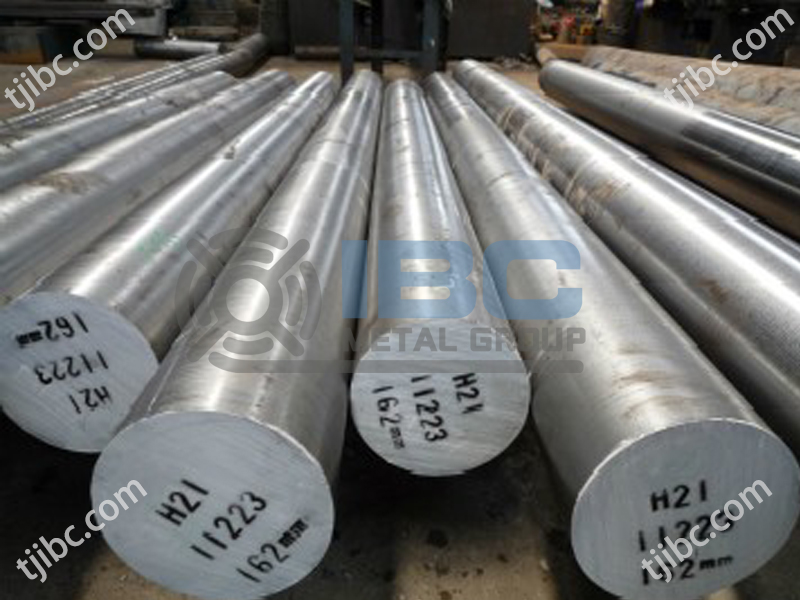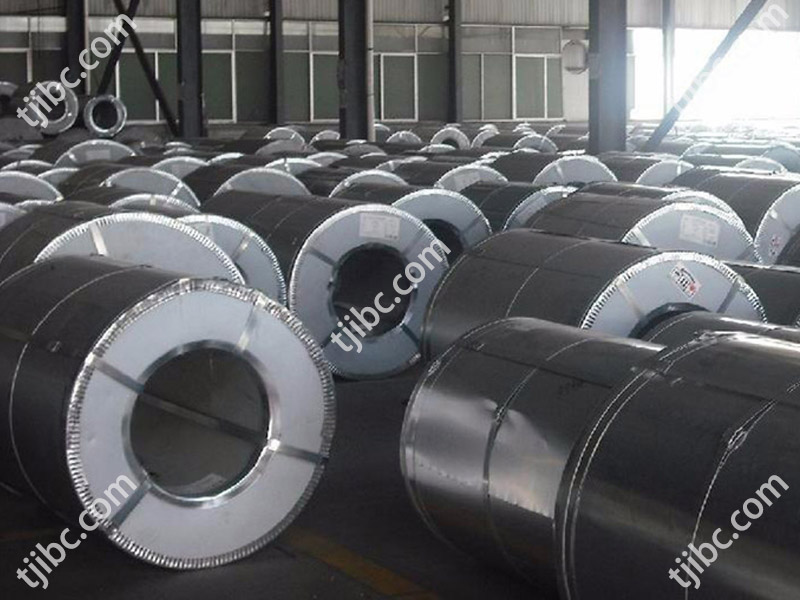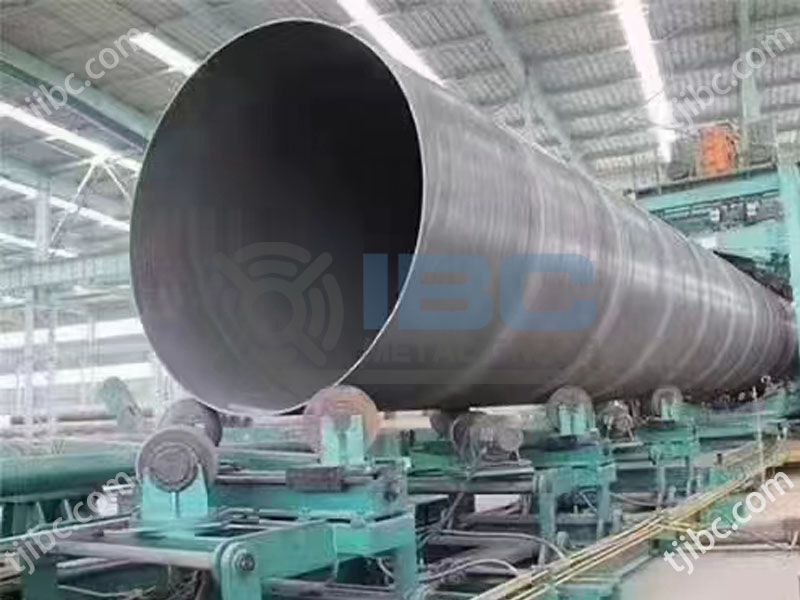What Makes a Pipe Galvanized?
When we want to know the development of galvanized pipe, let’s know what makes a pipe galvanized first? It is the process of applying a protective zinc coating to steel or iron in order to prevent rust. Galvanized pipes are ideal for plumbing and other applications where water is used. There are two ways the galvanizing process protects the exposed steel. Even if the zinc coating scratched, it still protects the steel. As a second way of protecting, the corrosion-resistant zinc coat prevents corrosive substances from reaching the delicate metal.
How Long Has Galvanizing Been Around?
Talking about the development of galvanized pipe, although uncertain, the first use of galvanized corrugated iron believed to be for the Navy at Pembroke Docks, Wales in 1844.

During this period, the British galvanizing industry was using 10,000 tonnes of zinc a year for the protection of iron as well as inventing an engineered material that helped to embed the word “galvanizing” into the language throughout the world. The idea to use galvanized corrugated iron to create Nissen Huts conceived by a Royal Engineer, Lieutenant Norman Nissen, whilst he stationed at Ypres in 1916. His design proved invaluable during both world wars as it provided shelter for soldiers who had insufficient billets. This has left a lasting impression in the English consciousness, forever tied with the difficulties of war.
Galvanizing Today
Throughout our daily lives, galvanized steel plays a vital role. It used for construction, transport, agriculture, power transmission, and everywhere that corrosion protection and durability needed. Galvanizing, for example, illuminates our roads (lighting columns) and provides power to our homes, hospitals, and offices (high voltage pylons). A number of other industries rely on galvanizing as well.
It would great if a new anti-corrosion product released today that offered short turnaround, off-site application, coverage both externally and internally within hollow sections, and a coating molecularly bonded to steel. Additionally, it self-repairs when damaged, sacrifices itself to protect the base metal, environmentally sustainable, has good impact and abrasion resistance, and can maintain for up to 50 years.
A coating system with this list of high-tech properties already exists, but the assumptions of many about its price and availability are incorrect. More than 600,000 tonnes of steel protected by this system in the UK and Ireland last year. It is not a brand new product, in fact, it has been around for over 150 years and, amazingly, it costs less than a good paint system. It is of course, hot dip galvanizing. Find out how long galvanizing lasts in your region.
In the 1960s and 1970s, developed countries began to develop new material pipes to replace galvanized pipes. Cold-dip galvanized pipes have been banned in China since 2000, while hot-dip galvanized pipes have been banned since 2000. In newly built communities, galvanized pipes are no longer used for cold water pipes, but they are still used for hot water supply pipes.
Conclusion
Welded steel pipe with a hot-dip or electro-galvanized layer offers enhanced resistance to corrosion over time. It is often found in applications such as pipeline pipes for general low-pressure fluids like water, oil, gas and oil well pipes and pipelines in the petroleum industry, especially offshore. Galvanized pipes are also utilized as oil heaters and condensation pipes for chemical coking equipment, coolers, coal distillation washing oil exchangers, trestle piles and support pipes for mine tunnels.

Contact with IBC Metal Group Today!



